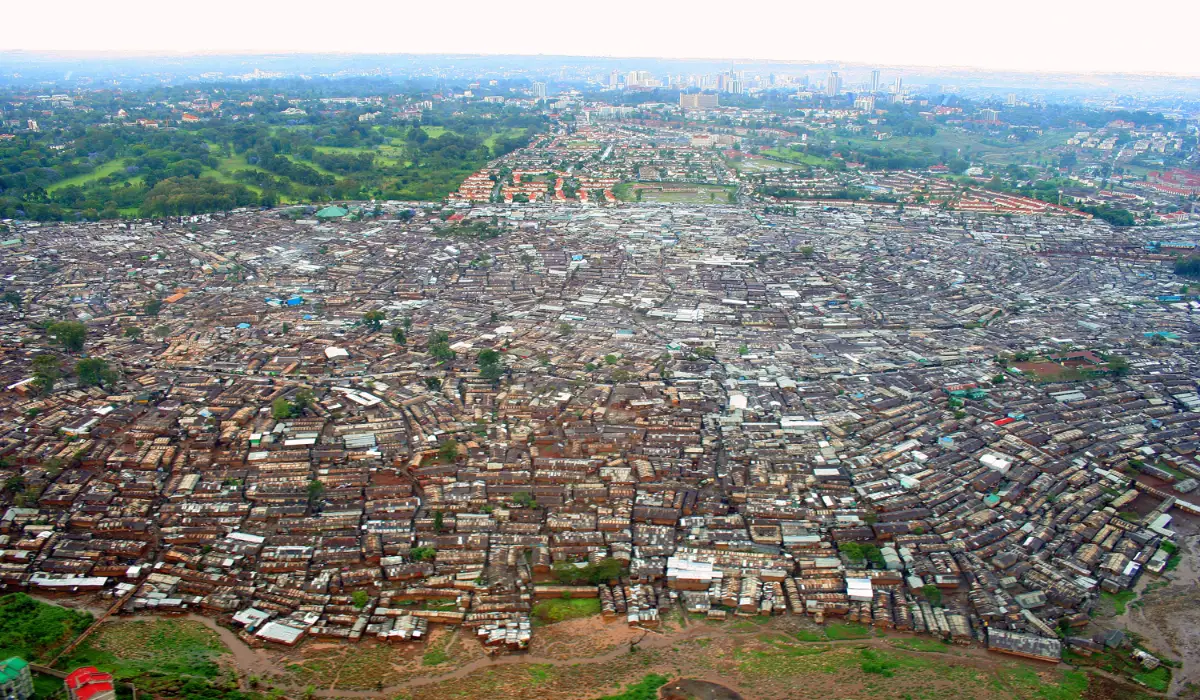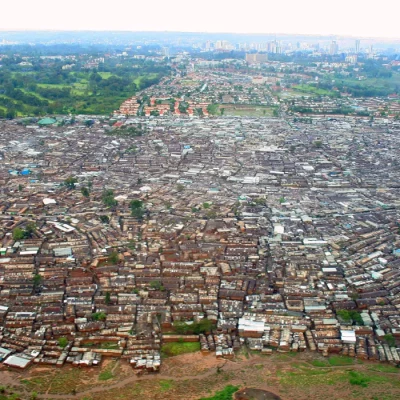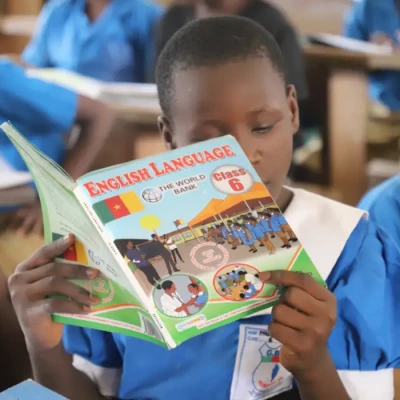Violent extremism has become a worldwide epidemic and has received increased focus in policy research and scholarship in recent years. Governments, Kenya included, have heavily invested in hard-line approaches to curbing this vice through, inter alia, the training of security operation agents and investing in equipment aimed at detecting, deterring and disrupting the activities of terrorists. While hard approaches may achieve temporary success, their long-term effectiveness can be undermined by unintended negative consequences that outweigh their benefits. County Action Plans (CAPs) have been developed for preventing and countering violent extremism (P/CVE) in Kenya and these have incorporated some soft approaches. Therefore, this paper interrogates the uptake of soft approaches by various institutions in the informal settlements of Kibera, Nairobi County and explores the models of soft approaches applied and their impact on preventing violent extremism (PVE). Through the behaviour change theory and drawing from the purposive sampling technique, data was generated through interviews and focus group discussions (FGDs) with 22 participants. Data was analysed thematically and is presented here according to the emerging themes. This paper advances the thesis that the use of softer approaches in countering violent extremism (CVE) results in improved coordination and collaboration between government agencies and civil society organisations (CSOs) working in the area.
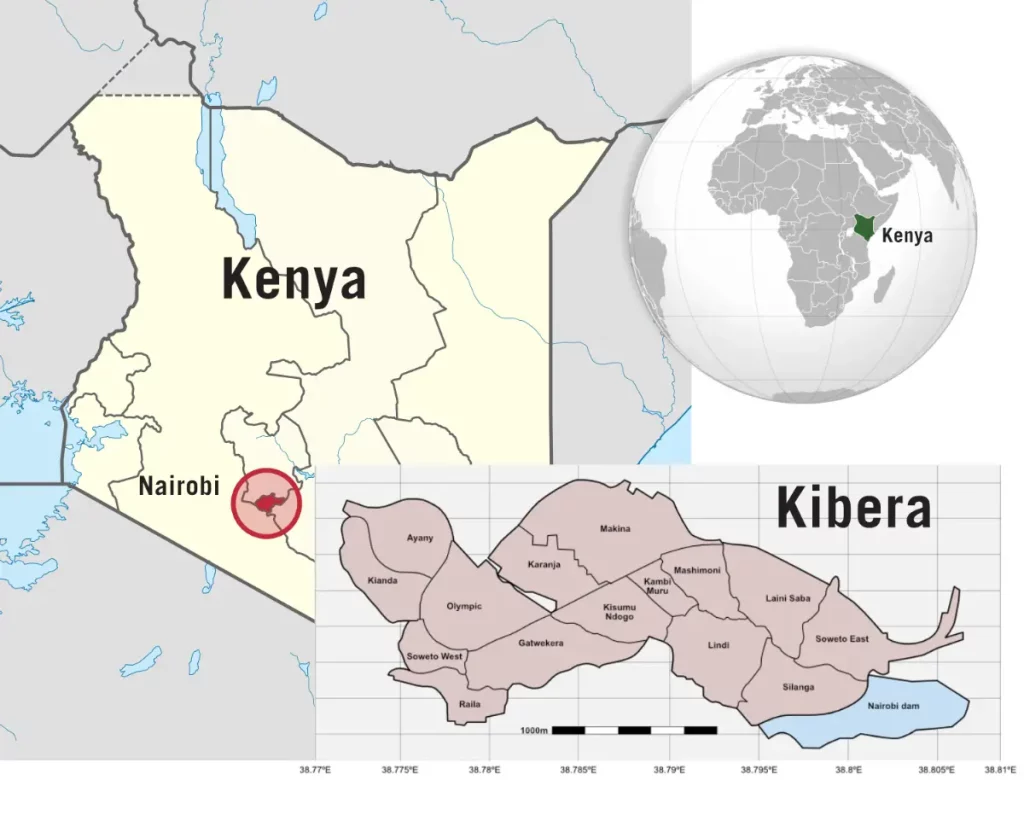
Background
Brimming with potential, the Horn of Africa is witnessing pockets of peace and progress fuelled by its resourceful populations, growing economies, and diverse resource base. The region has a lengthy coastline, which is a gateway to the outside world. However, the rise in violent extremism poses a great threat to the region, with the presence of Al-Shabaab that has put countries on alert. On several occasions, Al-Shabaab has attacked Kenya. However, Al-Shabaab is not the only violent extremist threat Kenya is facing.1Botha, Anelli (2015) ‘Radicalization in Kenya: Recruitment to Al-Shabaab and the Mombasa Republican Council’, Paper 265, Institute for Security Studies. A separatist organisation, the Mombasa Republican Council (MRC), has advocated for the secession of the city of Mombasa from Kenya, and the police have attributed the planning of various attacks in the coastal region to the group. Tragic events in Nairobi, Mombasa, Mpeketoni, Mandera, Garissa, and beyond over the past 20 years have highlighted that it is very difficult to stop radicalised individuals, armed with resources and determination, from carrying out acts of violence against civilian and government targets.
The rise of violent extremism has seen the Kenyan government enact several laws that include the Prevention of Terrorism Act, the Proceeds of Crime and Anti-Money Laundering Act, and the Prevention of Organised Crime Act. In addition to the legislative tactic, the government has also established a National Counter-Terrorism Centre (NCTC) and an Anti-Terror Police Unit (ATPU), among other security agencies.2Nyambura, Simon (2011) ‘Counterterrorism strategies: A comparative analysis of Ethiopia and Kenya’, Journal on Terrorism and Security Analysis, 6(1), 97–101. Nyambura explains that the Kenyan government has been working closely for a long time with the United States and other interested governments in building the country’s counter-terrorism capacity. This led to the development of CAPs and a national strategy to address the dynamics of this rapidly growing contemporary problem. All 47 counties in Kenya currently have a CAP led by national and county governments. This approach is oriented towards community-level action, driven by local CSOs and community-based organisations. Initiatives under this approach target those considered to be vulnerable and/or at risk of joining violent extremist groups as active participants. A strong focus on interventions aimed at individuals is also envisaged under this approach.
There are several informal settlements in Kenya and approximately 2.5 million people live in Nairobi slums, representing two-thirds of the capital’s population.3Mutahi, Peter (n.d.) ‘Kenya police reforms have to address the place of gangs and informal security groups’, Centre for Human Rights and Policy Studies, Available at: https://www.chrips.or.ke/commentary/kenya-police-reforms-have-to-address-the-place-of-gangs-and-informal-security-groups-2 [Date accessed: 13 July 2023]. The largest is Kibera, which houses about 250 000 people. The fragmented and irregular shape of public spaces and streets in Kibera provides criminals with an ideal microenvironment to hide. A study conducted by the National Cohesion and Integration Commission (NCIC) in 20174NCIC (2017) ‘Organized criminal gangs and their impact on the 2017 elections’, NCIC. identified Kibera as a hub for organised gangs. The majority of gang members are between the ages of 15 and 35 years, with some gang members as young as 11 years old. The names of the gangs include Siafu, 12 Disciples, Kamukunji Pressure Group, Military, Yes We Can, Mungiki, J-10 and Debunkers. All of these gangs operate in the Laini Saba and Katwekera areas, with each group having their own territory.
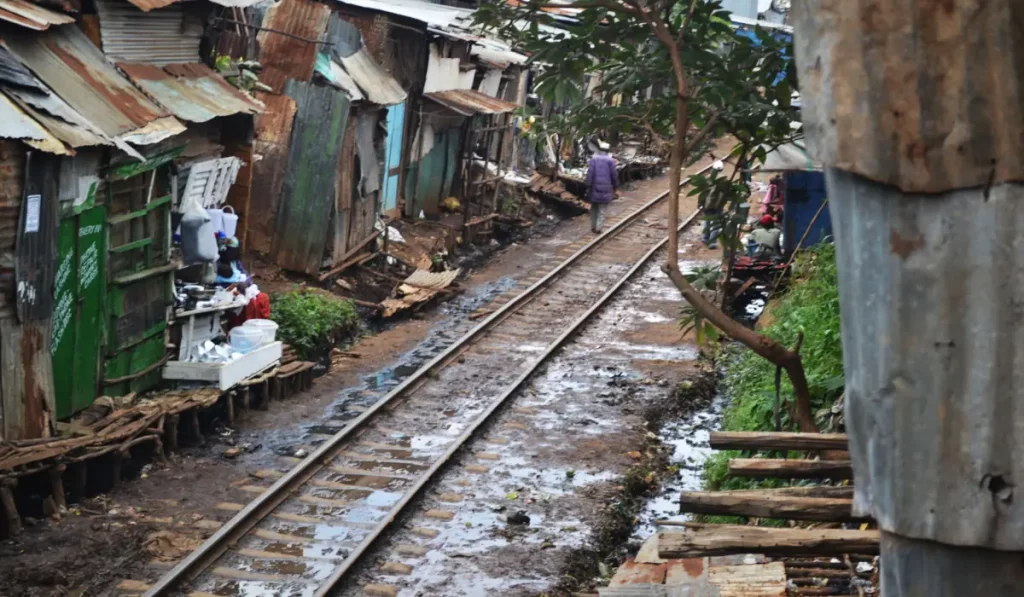
Residents of Kibera face the brutality of these gangs who rob, rape and extort them and are undeterred by the police, who tend to avoid confrontation. The police often remain on the slum’s outskirts and enter only when considered absolutely necessary and in sufficient numbers to stave off an ambush, either from the gangs or resentful residents. To add to the problems in Kibera, every four years, political violence breaks out in the slum as electioneering politicians compete for popularity.5Austin, Rod (2019) ‘“If we don’t kill these people, they will kill you”: Policing Africa’s largest slum’, The Guardian, 6 August, Available at: https://www.theguardian.com/global-development/2019/aug/06/if-we-dont-kill-these-people-they-will-kill-you-policing-africas-largest-slum [Date accessed: 25 January 2023]. Criminal gangs are used to sway voters, create mayhem, and turn Kibera into a tinderbox that sparks conflict in other regions of Kenya. During electoral cycles, politicians thrive on dividing residents in informal settlements along various ethnic lines.
Moreover, the types of actors participating in violent extremist groups are changing. Violently taking down the leader or high-ranking officials of a terrorist organisation is no longer sufficient to bring down the organisation. This, as seen in the past, has only motivated the second in command to take over, made the terrorist organisation more violent and increased the number of attacks.
Cognisant of the fact that hard approaches to P/CVE have yielded little results, it is necessary to explore soft approaches to P/CVE that can get to the root of the problem at the community level where radicalisation happens. Expanding P/CVE beyond hard approaches opens a broader operational space in the communities, with numerous experts and actors leading culturally appropriate intervention services. The soft approaches to counter violent extremism also seek to render extremist movements outdated by undermining the foundations upon which these movements are built. One of the reasons is that terrorism ends when there is an unsuccessful generational transition. This means that the organisation is unable to entice younger people to join because they do not share the same objectives or beliefs as the older generation.
This research aims to contribute to a focused understanding of the soft approaches to P/CVE implemented in Kibera constituency in Kenya, addressing the unique dynamics and offering a contemporary analysis of their impact to fill critical gaps in the existing research landscape. Drawing on behaviour change theory in seeking to explain why the use of hard approaches has not met with success and suggest how they can be changed, the study provides valuable insights into the factors that influence the decisions, motivations, and habits of peace actors, while offering suggestions for the adoption of soft approaches to P/CVE.
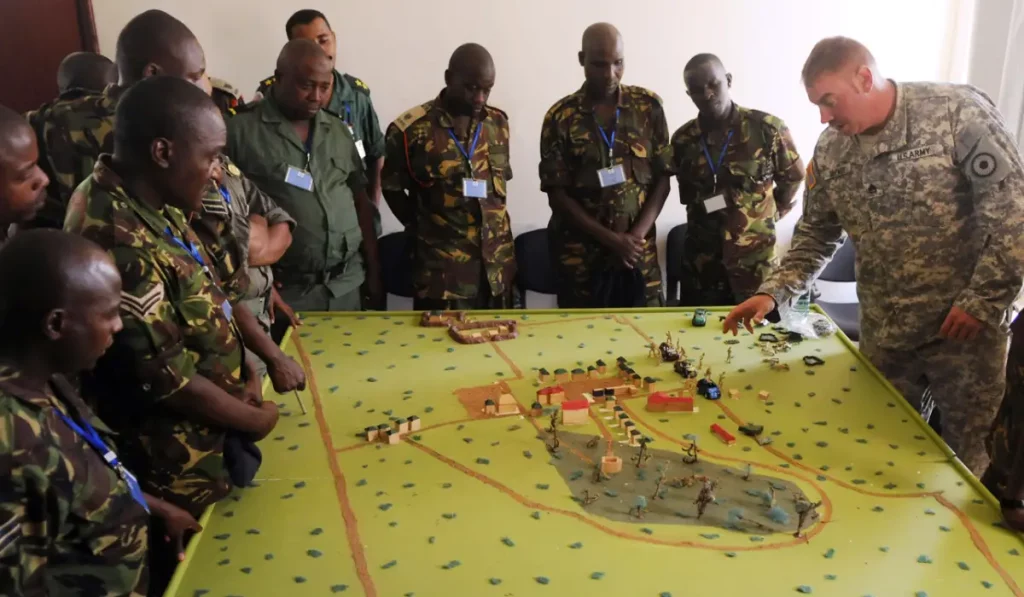
Literature review
Globally, the recognition of softer approaches is growing with the adoption of the ‘Whole-Of-Society’ approach to CVE by the United Nations. The counter-terrorism strategies employed by the Kenyan government include concentrating on hard security, enacting several laws that address the issue of terrorism, and building the country’s counter-terrorism capacity. Strategies concentrating on hard security assistance have enabled the government to expand its counter-terrorism infrastructure, which has been used for controversial security practices against sections of the population suspected to be involved in terrorist activities, namely the Muslim minority.6Bachmann, Jan and Hoenke, Jana (2010) ‘Peace and Security’ as Counterterrorism? The Political Effects of Liberal Interventions in Kenya’, African Affairs, 109(434), 97–114. Furthermore, in an assessment of the implementation of counter-terrorism measures and their effects on human rights in Kenya and Uganda, Nyaundi notes that among the major challenges affecting Kenya’s strategy is the policing of its borders, which are easy for terrorists to cross and enter the country.7Nyaundi, Kennedy M. (2014) How does the implementation of counter terrorism measures impact on human rights in Kenya and Uganda? PhD thesis, University of Cape Town, Faculty of Law, Department of Public Law, Available at: http://hdl.handle.net/11427/12912 [Date accessed: 25 January 2023].
Since the entry of the Kenya Defence Forces (KDF) into Somalia, the Kenyan military has not succeeded in the task of winning hearts and minds, which is critical in warfare. Similarly, traditional approaches to ending violent conflict, which have tended to focus on state-level solutions and excluded the very people on behalf of whom peace is supposedly being made, have not been successful. This is because populations have the power to make or break peace processes by their acceptance or rejection of the peace and this is being ignored.
Given the challenges with this kind of strategy (hard approaches like military intervention), alternative soft approaches must be considered. Ramdeen notes that some of these soft approaches include enhancing the use of mediation, sharing information and research to counter terrorism and violent extremism, enhancing the use of humanitarian diplomacy, and strengthening the link between development and peace processes.8Ramdeen, Marisha (2017) ‘Countering terrorism and violent extremism in Africa’, Conflict Trends, 2, 49–56. Soft power approaches have been noted to promote values of tolerance, mutual respect and better understanding within different groups with the hope that this will encourage behavioural change in communities and individuals. Counter-terrorism is necessary but insufficient for preventing violent extremism – especially among fragile states. There is, therefore, a need for new strategies to prevent extremism and mitigate the underlying conditions that allow extremism to emerge and spread.
The soft power approach attempts to challenge and debunk terrorist ideology through a counter-discourse against radical beliefs that encourage political and terrorist hate and violence. Mirahmadi agrees that softer power approaches support the building of community resilience and community cohesion as contributing factors to community and human security, covering an even wider range of issues that directly affect the livelihood of community members.9Mirahmadi, Hedieh (2016) ‘Building Resilience against Violent Extremism: A Community-Based Approach’, ANNALS of the American Academy of Political and Social Science, 668(1), 129–144.
Methodology
The study employed a qualitative approach and case study method to explore the research problem. Interviews and FGDs were conducted. Purposive sampling was employed to select participants who have worked with or understand CVE issues. Six members of the community who have knowledge of P/CVE were selected as key informants. Two FGDs were conducted with eight participants each. The first FGD targeted youths, both male and female, while the second targeted the wider community. The participants of the key informant interviews (KIIs) and FGDs represented the five regions of Kibera, namely, Lindi, Makena, Sarangombe, Laini Saba and Woodley. Of the sampled respondents, 10 were women, 12 were men, and 16 were in the youth age bracket (18-35). The interviews were recorded and transcribed, and notes were taken, which were later analysed thematically. The findings are presented here according to the themes identified, namely, the applications and impact of soft approaches.
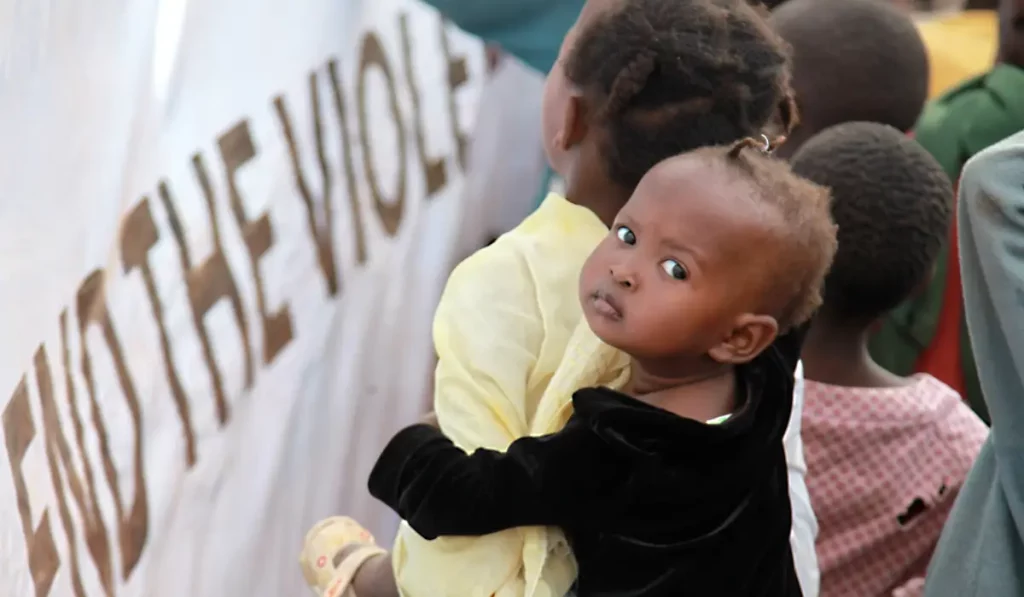
Findings
Applications of soft approaches to CVE
Study findings demonstrate that actors employ various soft approaches to prevent and counter violent extremism. According to the FGD participants, some of the approaches employed include sensitisation forums, training, public barazas (meetings), and dialogue forums. The NiWajibu Wetu (NIWETU) project, for example, facilitated returnee testimonies and experience-sharing sessions to deter potential recruitment. Local radio stations, in collaboration with community members and institutions, broadcasted programmes aimed at dissuading young people from joining extremist groups. The study found that mentorship programmes that pair young individuals with local role models to provide positive guidance are being conducted. Additionally, actors employ various tools, such as art, theatre, non-violence training, interfaith dialogue, sports, and engagement with law enforcement agencies. Religious leaders also integrate counter-extremism messages into their sermons, echoing messages received in schools and community settings.
The FGDs point to the fact that the youth are concerned about the police’s use of violence, particularly towards young men. They recounted an instance where police forcibly dispersed a peaceful gathering of young people. This raised questions about the effectiveness of ongoing police reforms since the early 2000s as averred by one of the participants:
Do you know what we have gone through as young people in the hands of the police? Let me tell you… one time, we were just seated somewhere with my friends, talking about our issues. We were not disturbing anyone. We were not misusing anyone’s property, just seated at our base, passing time and talking about the state of our country. No sooner had we began, than the police pounced on us from nowhere, beat us up, kicked us and handcuffed most of us! Surely? What had we done? Why do they keep talking about police reforms if they do nothing about it anyway? They are the same tough, I-don’t-care individuals they have always been! What a tragedy we have as a country! (Bodaboda youth).
Supporting these concerns, the Independent Policing Oversight Authority (IPOA) found a significant increase in police abuse in Kenya over the past six years.10IPOA (2019) Strategic Plan 2019-2024, Available at: http://www.ipoa.go.ke/wp-content/uploads/2019/05/IPOA-Draft-Strategic-Plan-2019-24.pdf [Date accessed: 25 January 2023]. The data also indicated that police brutality was more prevalent in Nairobi’s impoverished neighbourhoods, marked by frequent raids and arbitrary arrests. However, some key informants suggested that some youths perceived excessive force as necessary to maintaining order:
These youth look very good during the day when talking to you. You come here in the evening and at night and look at what they do. We are tired of them terrorising innocent Kenyans who want to go about their daily lives. Am telling you, if you don’t use that which you are calling force, we cannot have a country here. Tell me, should we all suffer because of one or two people? Absolutely not! (KII participant).
Impact of soft approaches
The study reveals that the adoption of soft approaches has resulted in several achievements among young people. Notably, there has been a shift in behaviour and attitudes, evidenced by their increased involvement in community service programmes and dialogue forums. Additionally, young people have acquired valuable alternative technology and community engagement skills, leading to self-employment opportunities and innovative community responses. A case in point is the formation of Savings and Credit Cooperatives (SACCOs) to address poverty among young people collectively. Notably, an FGD with youths revealed the formation of a SACCO in Kibera that started a “merry-go-round” (rotating savings scheme) and used the collected funds to purchase tuktuks (motorised rickshaws) for affordable transportation within the community. This finding supports the observation that soft approaches empower youth to contribute positively to their communities, as voiced by a participant:
We have witnessed considerable change here in Kibera. A lot. For me, the greatest one is the transformation of livelihoods, where the youth can now open up their minds to think of doing activities that can empower their lives. Just through a merry-go-round, our youth are now driving tuktuks here and putting food on their table. You know what that does? Reduces crime, builds stronger families and a strong nation in the long run. So, for us, we will continue talking to them, training and sensitising them, for we have seen much fruit in that (KII participant).
The study draws a strong correlation between soft approaches and reduced radicalisation in Kibera, with empowered youth less susceptible to recruitment. A key informant who is a sheikh revealed a community-driven strategy implemented at the peak of radicalisation. Local sheikhs and imams established a rotating leadership system in mosques, ensuring control over the content preached each Friday. This initiative, according to the sheikh informant, empowered the mosque leadership to combat radicalisation and defend imams against accusations:
We have averted radicalisation considerably since we began talking to our youth. You know what we have realised is that religion is usually twisted to confuse our youth and push them into radicalisation. We even control what is preached and have regular meetings with our imams to ensure we keep them in check. We don’t want a situation in which religion is used to propagate other things (KII participant).
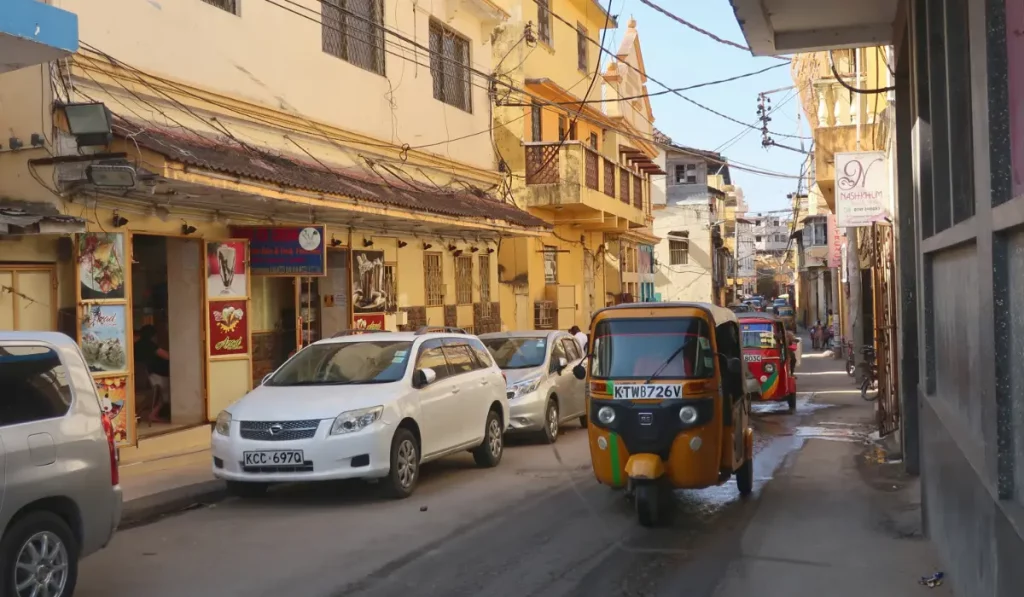
Conclusion
Although hard power approaches have been the norm in CVE in the recent past, these interventions have led to the loss of lives, mass displacements and human rights violations, as well as crippling damage to existing infrastructure. Given the challenges and hostilities that hard power approaches create, it is crucial for governments to adopt soft power approaches to curb violent extremism. This may take a dual approach, with mediation and hard power going hand-in-hand in the short term. When soft approaches, such as dialogue, sensitisation forums and mediation, among others, are used, positive results are produced as perpetrators are provided with a platform to air their grievances and address issues, thereby mitigating violence.
The state, on the other hand, needs to create an environment that promotes employment for youths, since unemployed youths are vulnerable to continuing the cycle of extremism. Exploring alternate avenues that can minimise human suffering while addressing the threat itself proves more fruitful than taking a hard stance that has a short-term effect. It should be a priority for all stakeholders to harmonise and collaborate efforts to address this threat by using vital soft power approaches.
Regina M. Mwendwa is a Rotary Peace Fellow and a seasoned peacebuilding practitioner with over 10 years of experience. Her expertise and interests include community-led peacebuilding, early warning and early response mechanisms, women, youth, peace and security, prevention of violent extremism, and policy discussions. Regina has work experience in Kenya and Ethiopia and possesses extensive knowledge of Sub-Saharan Africa. She currently works with the National Cohesion and Integration Commission in Kenya.
Jescah Otieno is a Global Peace Ambassador, social researcher, an educator, mediator and communication expert who has contributed in peacebuilding and peacemaking in Kenya for over 10 years. Currently, she is serving as the Deputy Director of the Research Department at the National Cohesion and Integration Commission, under the Ministry of Interior and Coordination of National Government in Kenya.

